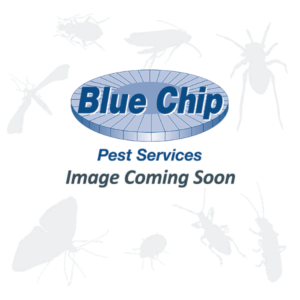Clothes Moths in St. Louis
Clothes moths are fabric pests and are among the few animals that can digest keratin, the fibrous protein found in animal hide, hair, feathers, and horns. There are two different types of clothes moths in North America — the webbing clothes moth and the casemaking clothes moth. The larva is the damaging stage of the clothes moth and both species feed exclusively on animal fibers, especially wool, fur, silk, feathers, felt, and leather. Serious infestations of clothes moths can develop undetected in dwellings, causing irreparable harm to clothing and decorative items.
Clothes Moth Habitat
Unlike some other types of moths, clothes moths are seldom seen because they avoid light. They prefer dark, undisturbed areas such as closets, basements, and attics. Indoors, clothes moth larvae are frequently noted on woolen clothes, carpets, upholstered furniture, and old wool rug remnants in the attic. Lint from wool rugs and pet hair behind baseboards and in flooring cracks all serve to invite moth infestations. A favorite egg-laying site is a carpet under the rear legs of a sofa, a spot rarely reached by a vacuum cleaner. Adult moths do not eat fabric, but their presence means that eggs will be laid soon, producing fabric-eating larvae.
Clothes Moth Behaviors, Threats, or Dangers
Articles commonly damaged and destroyed by clothes moths include sweaters, scarves, coats, blankets, rugs, down pillows and comforters, upholstery, toys, decorative items, and taxidermy mounts. The larvae prefer to feed in dark, undisturbed areas such as closets, chests, and boxes where woolens and furs are stored for long periods. Clothing and blankets in regular use are seldom infested, nor are rugs that get a normal amount of traffic, or are routinely vacuumed. Edges and undersides of rugs or sections beneath furniture are more likely to be attacked. If you suspect a clothes moth infestation, it is recommended to contact a pest control professional.






